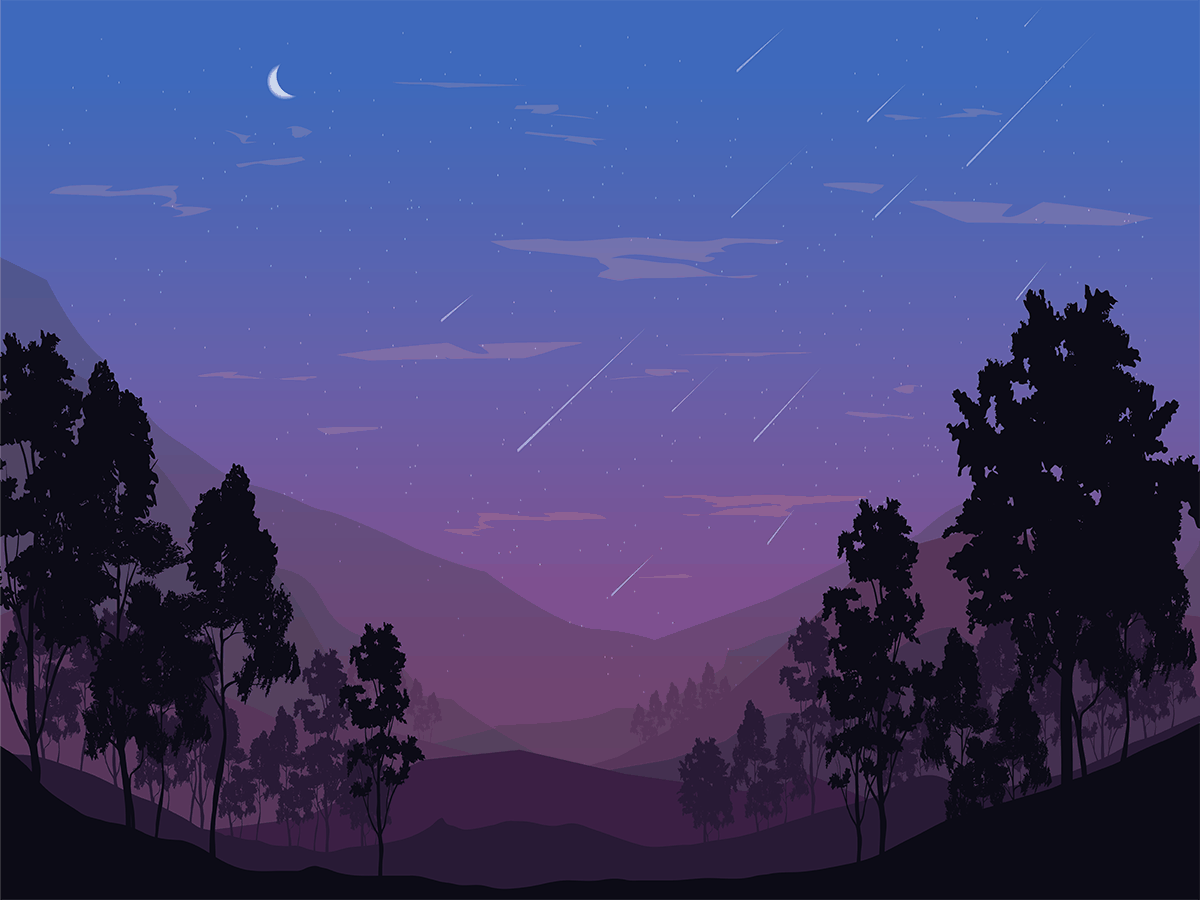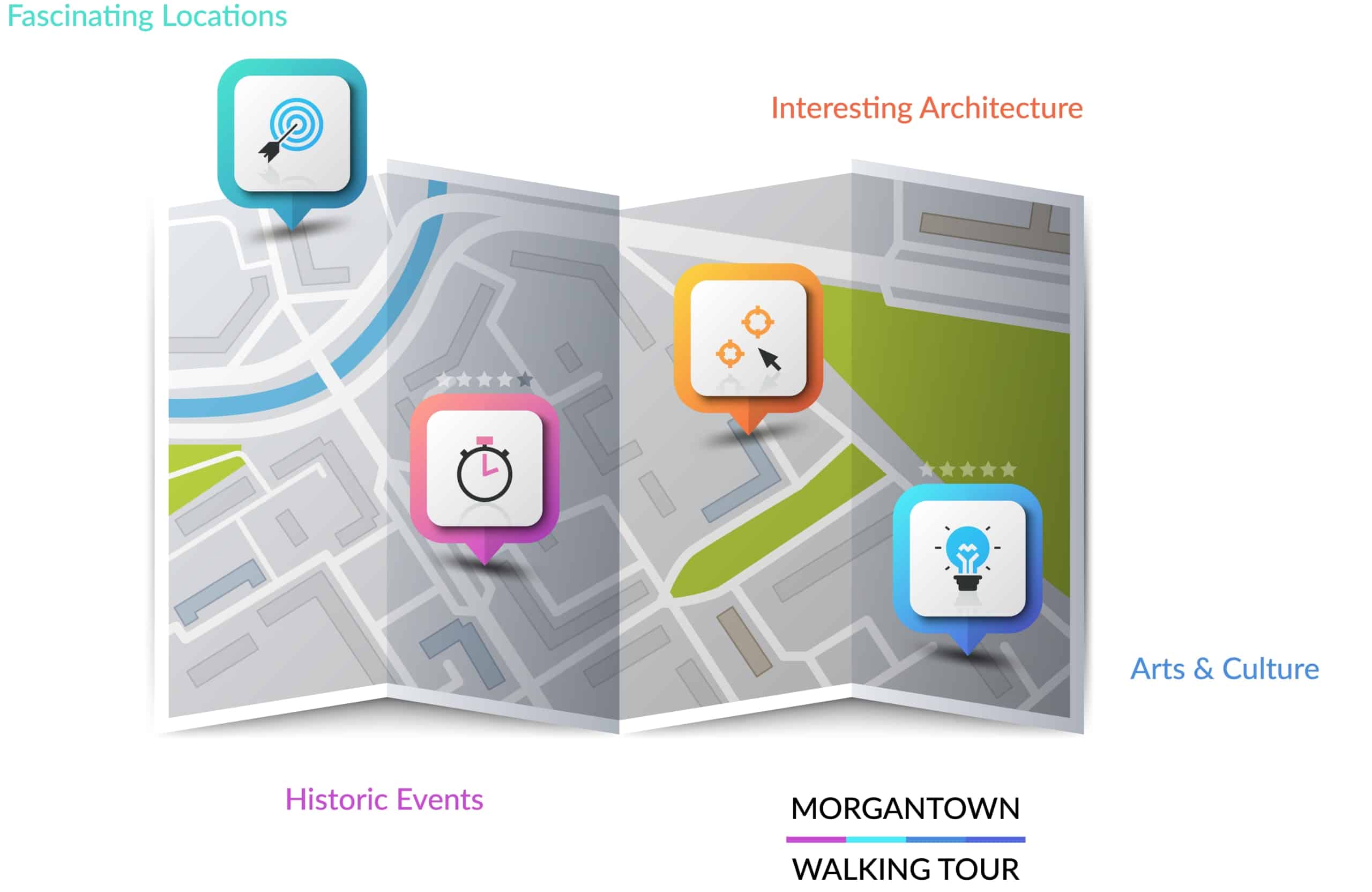The 2021 Lyrid meteor shower begins this week (April 16-30) and peaks over the night of April 21-22, 2021.
According to the American Meteor Society (AMS), the Lyrid is a medium-strength shower with visible meteors appearing at about 18 per hour at a speed of about 30 miles per hour in a clear sky. Seeing the meteor shower requires a dark sky … which is plentiful in Northern West Virginia. From midnight until around an hour before dawn, during the darkest time of night, is when your best chance will be of seeing shooting stars. Although this year the moon will be nearly 70 percent full, in the near to dawn hours the Lyrids should appear at their brightest in the northern hemisphere.
What makes the Lyrids special?
More than just shooting stars, the Lyrids are famously known for producing fireballs. In fact, these fireballs typically are as bright as the planet Venus. Located in the radiant of the constellation Lyra, the meteor shower is believed to be a trail of dust and debris from Comet Thatcher (technically, C/1861 G1 Thatcher). Thatcher travels around the sun once every 415 years, so we won’t see the comet itself until the year 2283. Many cultures over the past 27 centuries have noted viewing the Lyrid Meteor Shower annually.
Sources for more information
You can find more information about the Lyrid Meteor Shower here from these sources:
Live where you can see the stars
If you’re looking for a home outside city lights where you can see the stars. We can help. Take a look at these homes in Monongalia County with views of Nature. There are homes with beautiful natural vistas and starry skies in all of the counties we serve. Find the one you love and next year you can watch the Lyrid Meteor Shower from your West Virginia back deck.









